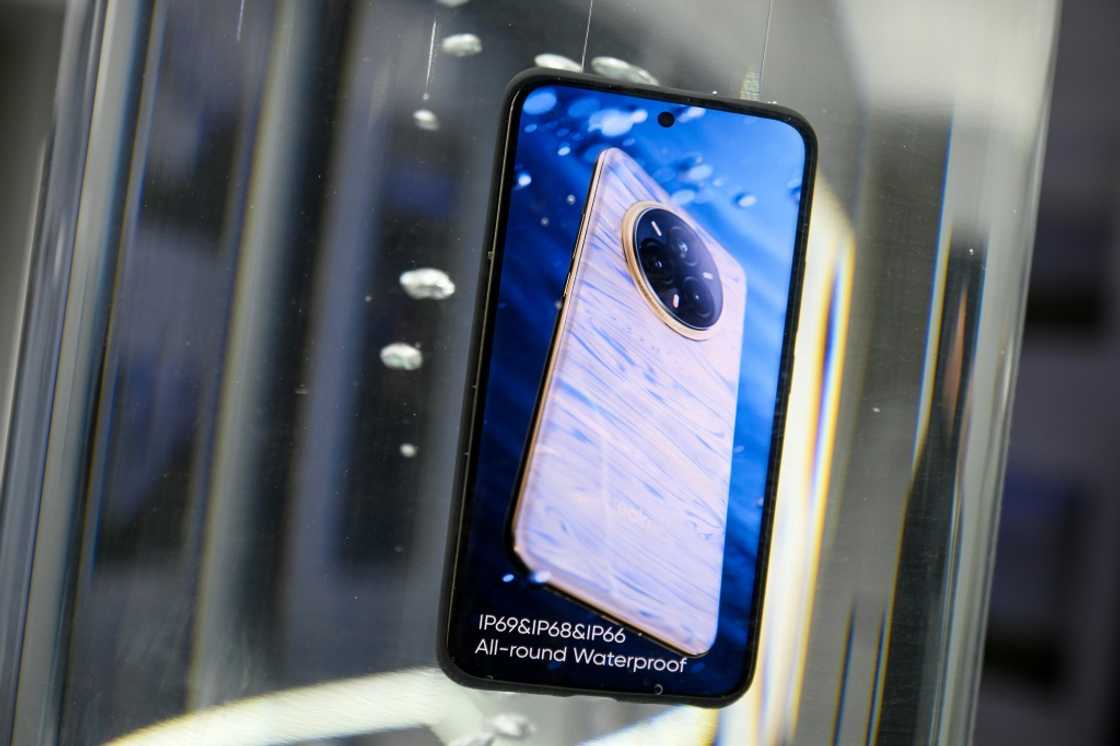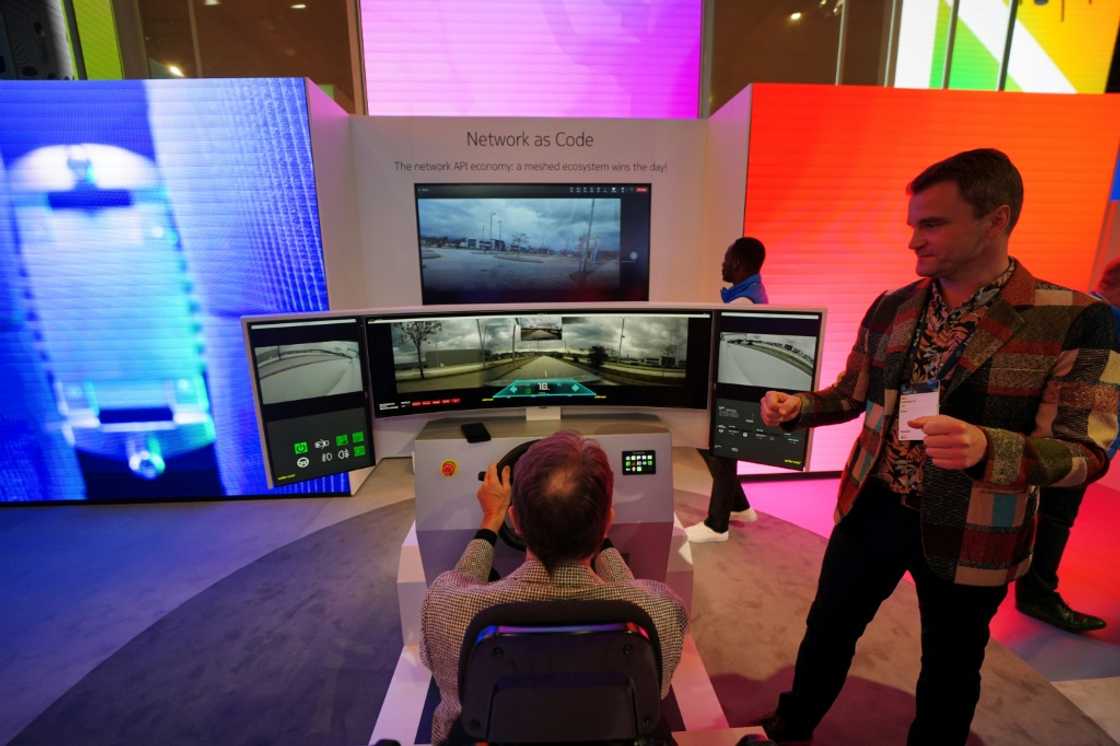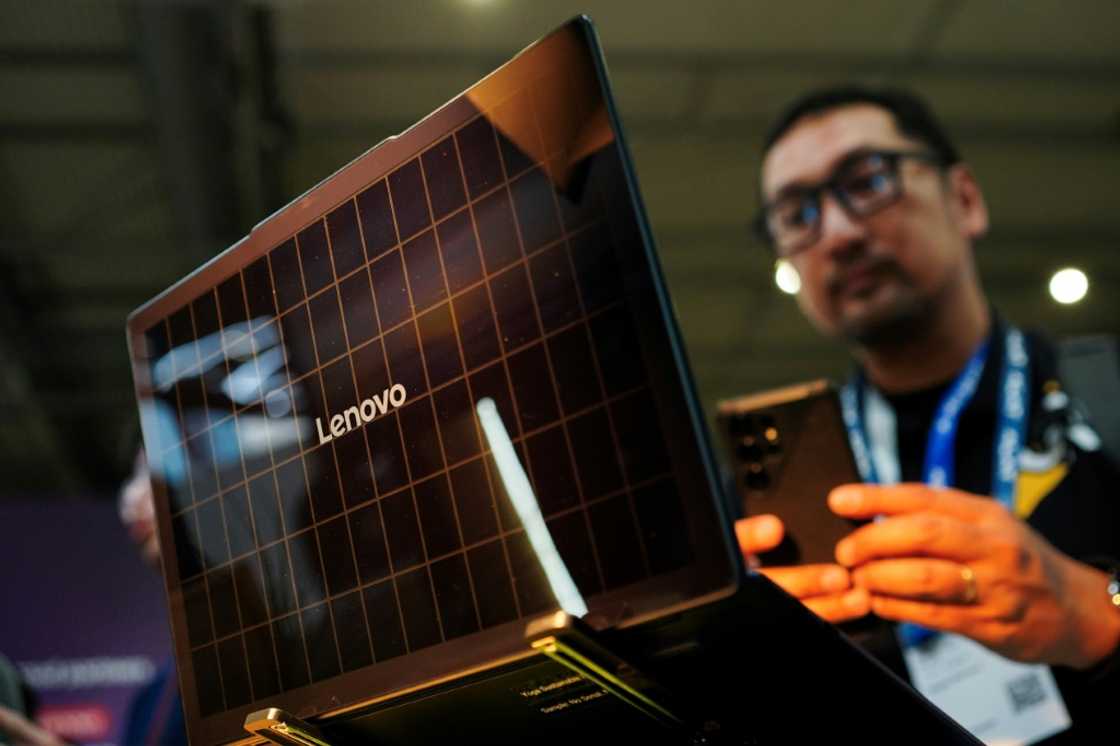
The Mobile World Congress in Barcelona, being the globe’s premier event for wireless technology, gathers numerous manufacturers showcasing their cutting-edge devices and innovations.
This year’s exhibits aim to impress guests with incredibly lifelike human-like robots, color-shifting smartphones, intelligent contact lenses, and much more.
'Ambient audio' in phone conversations
Mobile equipment builder Nokia and operator Vodafone say their "3D spatial sound" will offer users "truly immersive audio" on phone calls, with the person on the line sounding as if they are in the same room.
While present call systems utilize just one audio channel to convey voices, the advanced system enables sounds to appear as though they are originating from various directions.
Labeled as "Immersive Video and Audio Services" (IVAS), this technology necessitates smartphones equipped with dual microphones.
This, coupled with the requirement for a speedy 5G connection, suggests that the technology might take multiple years before it becomes available to the majority of consumers.
High-fidelity robot
Dressed in a black gown, with a red jacket and long brown hair, the ultra-realistic humanoid robot Amira is showcased by the Emirati telecommunications company Etisalat.

Although Amira replicates human characteristics with great precision, her movements still appear noticeably sluggish and disjointed.
Elliott White from Engineered Arts, one of the roboticist developers behind the project, mentioned that the machine can be linked to various generative AI "large language models," enabling it to engage in conversations with individuals.
Remote driving

At MWC, numerous connected vehicles could be seen throughout the exhibition area. However, attendees had the unique opportunity to remotely operate a car located 3,000 kilometers away in Finland at the GSMA-organized booth.
The configuration — simply consisting of a wheel along with several screens — was developed by the Estonian company Elmo. They have equipped the vehicles with a customized control system and numerous cameras, working together with Nokia.
Chameleonic smartphone
A Chinese company called Realme has created a smartphone whose color alters with fluctuations in external temperature.
The exterior of its 14 Pro series, designed to resemble a seashell, incorporates thermochromic pigments that change to blue at temperatures below 16 degrees Celsius (61°F) and turn white when it heats up.
The company behind the smartphone acknowledges that this merely ornamental feature won't be popular for long.
"Due to regular usage, the temperature-dependent color-shifting feature will slowly become less effective," according to Realme.
Smart contact lenses
The Dubai-startup Xpanceo plans to incorporate advanced functionalities such as an "extended reality" screen, health tracking, and wireless power reception into a bendable contact lens.
Models stationed at their display showcase demonstrations of concepts for every feature that co-founder Roman Axelrod states they aim to integrate into one singular prototype device "by the end of 2026."
Currently, these devices are still rather bulky, requiring a sizable metallic coil just to obtain enough wireless energy to illuminate a solitary pixel during one of the showcased contact lenses demonstrations.
Axelrod mentioned that those components could be reduced in size by utilizing "two-dimensional materials... just one atom thick."
Those are the scientific insights that set us apart.
Solar-powered laptop
Chinese PC builder Lenovo has built solar panels into the lid of its Yoga Solar laptop to extend battery life.
Lenovo claims that its 84 solar cells can supply power to the device even without being directly exposed to sunlight.

The laptops will include a power management system designed to determine when the solar panel should be utilized.
Lenovo stated that this innovation enables the solar panel to capture sufficient direct sunlight within 20 minutes, which can then be used to support up to one hour of video playback on a PC.
"Cat Eye" for detecting cataracts
Spanish telecommunications company Telefonica has partnered with startup Edgendria Innovacion to develop their "Cat Eye" tool.
Individuals can perform an eye examination on their own to assess if they have a cataract severe enough to necessitate surgery.
An image of each eye taken with a basic photograph is processed using an AI-driven system for detecting the condition.
As stated by Telefonica, this implies that doctors can "assign specific duties to their staff members, enabling them to step in at appropriate moments and utilize their time more efficiently."


No comments:
Post a Comment